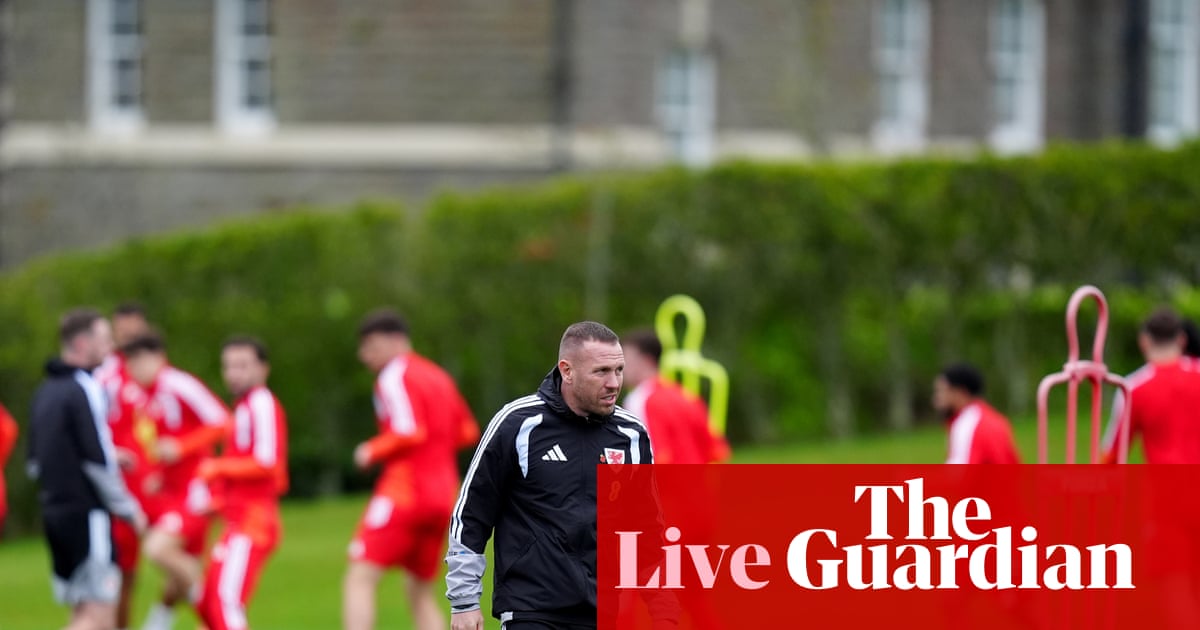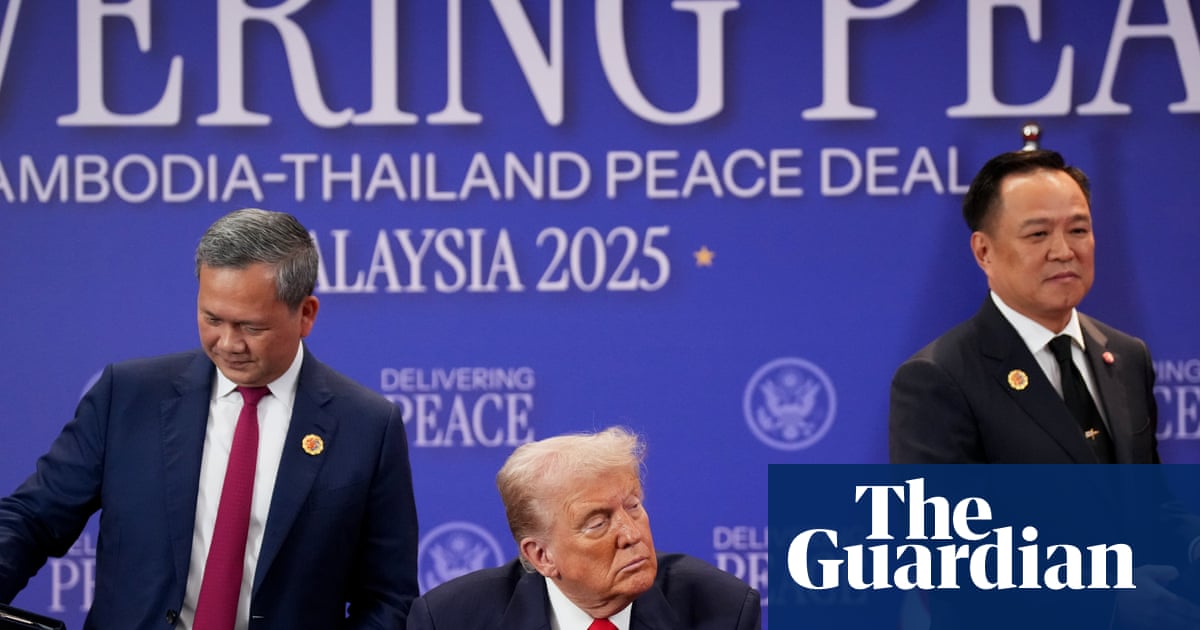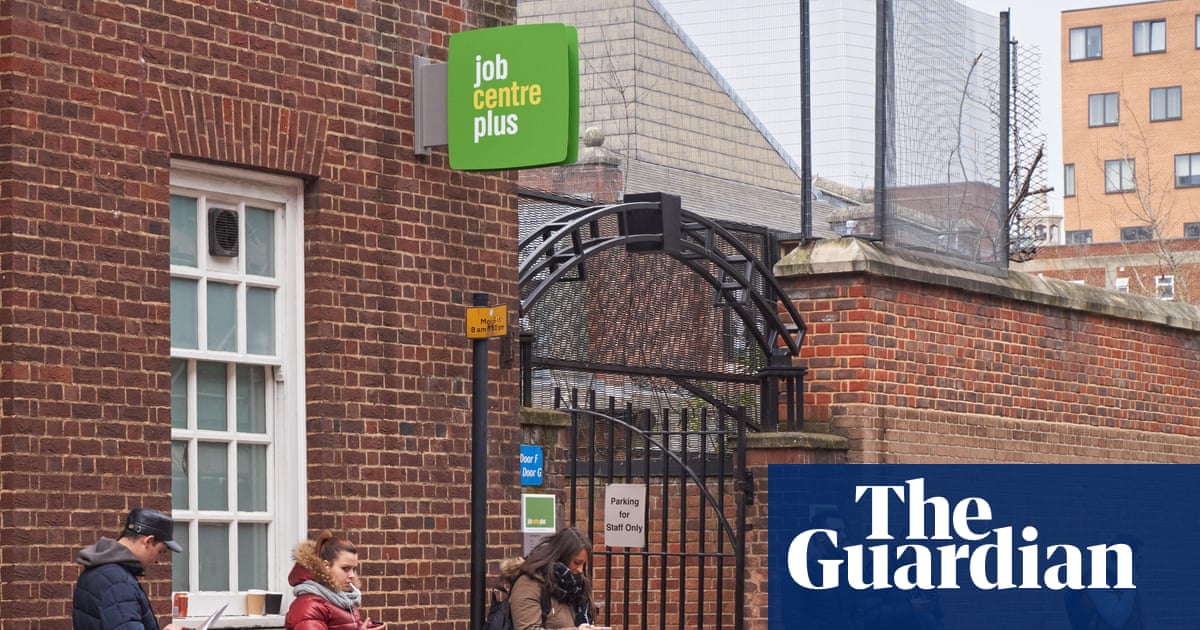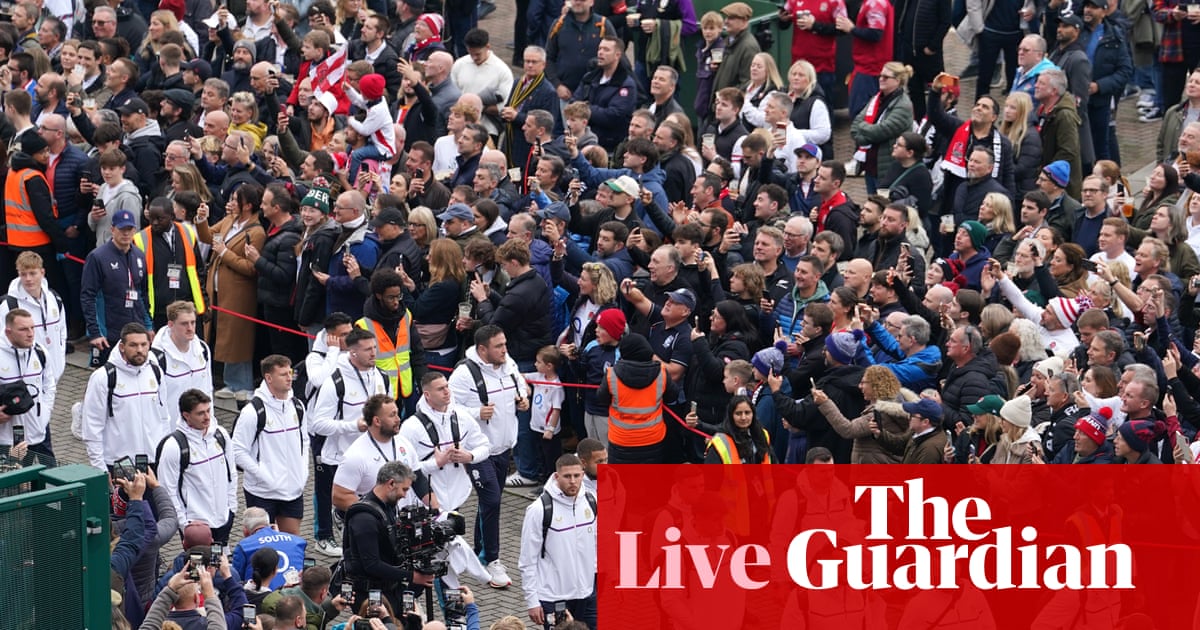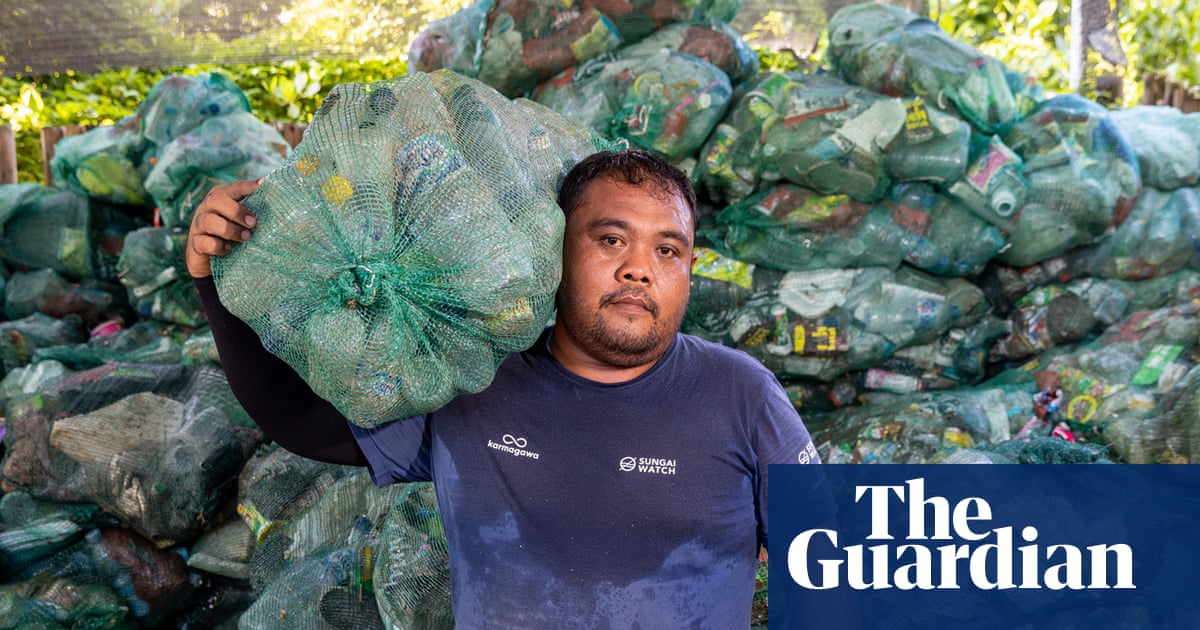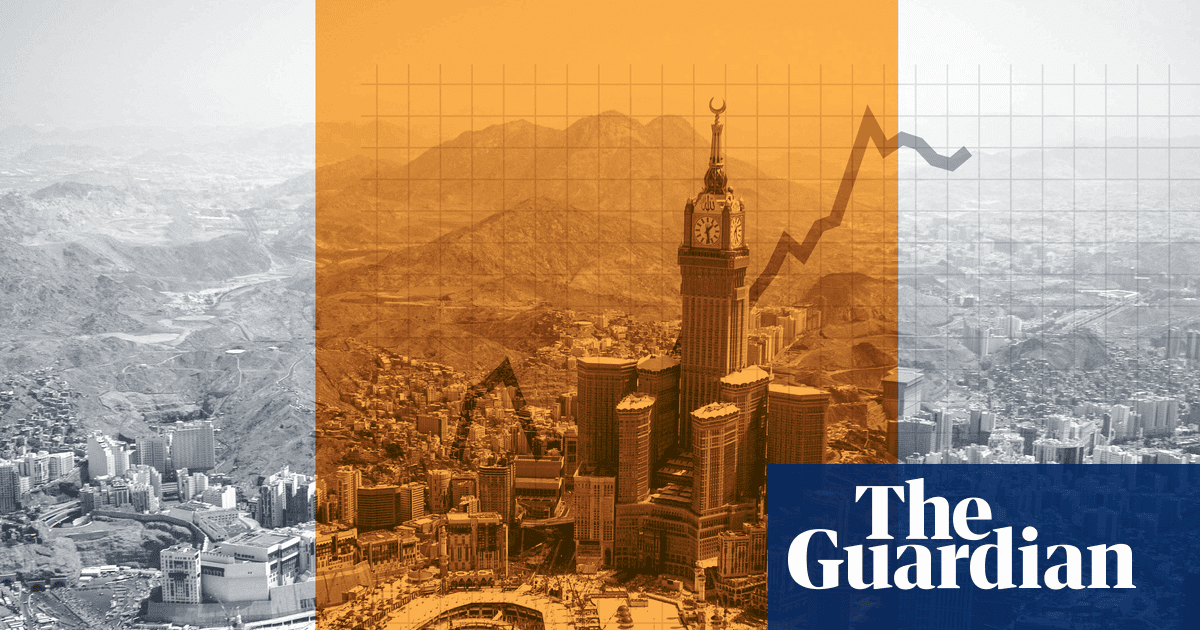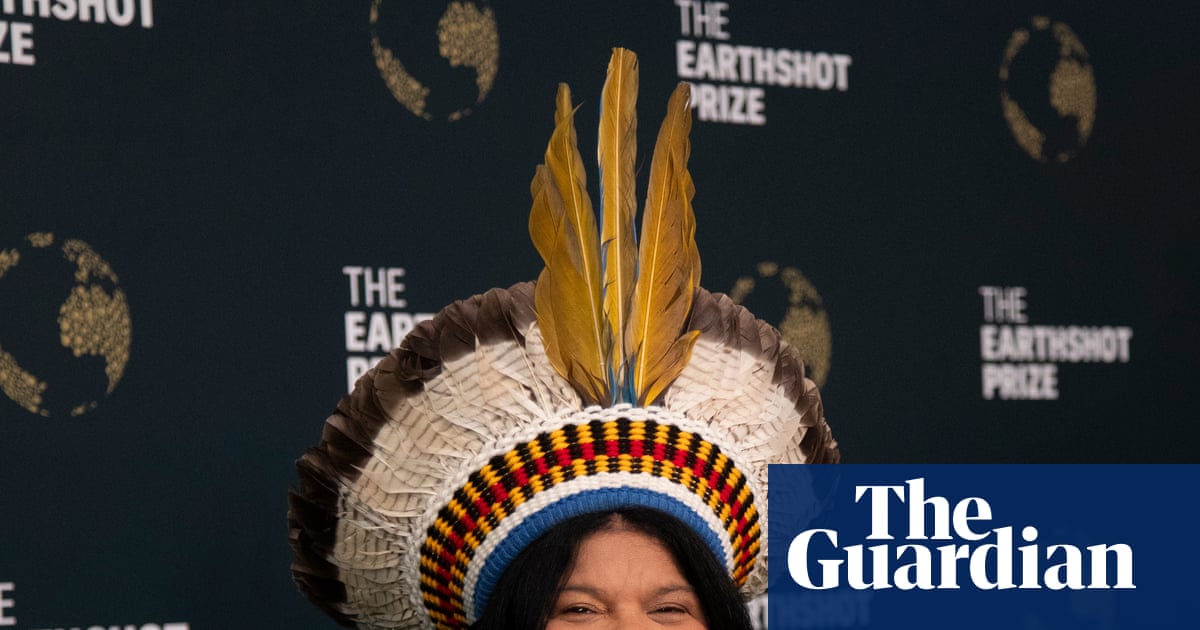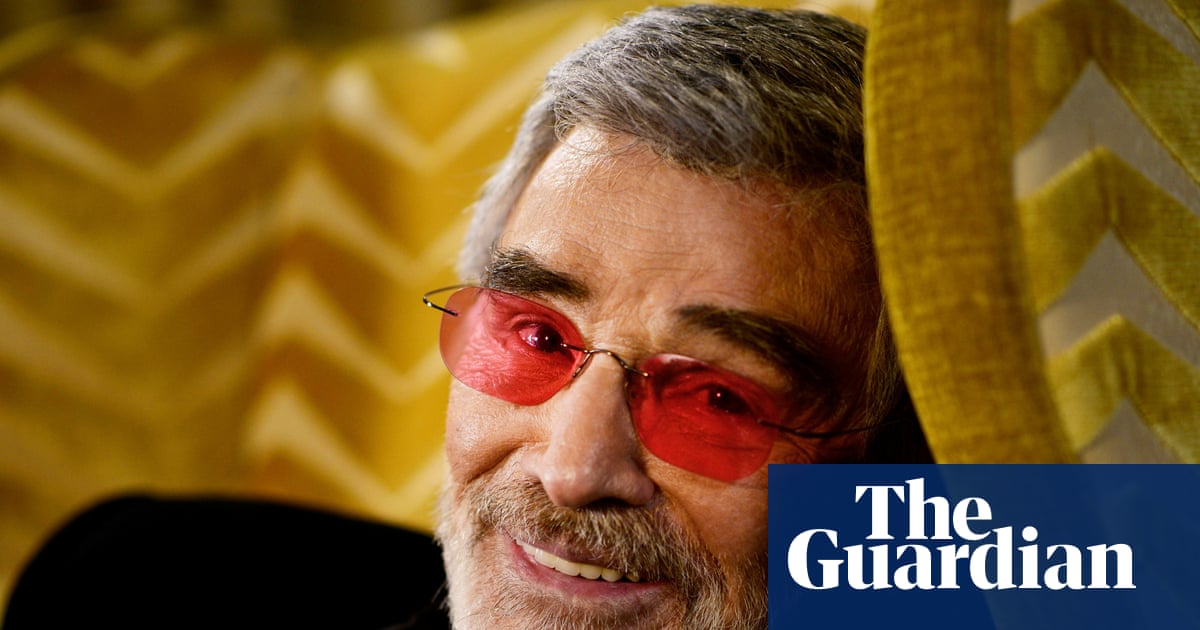Thousands of people have turned out in the streets of Belém to demand urgent action on the climate crisis.
It was the first major protest outside the annual climate talks since Cop26 four years ago in Glasgow, as the last three gatherings were held in locations with little tolerance for demonstrations – Egypt, Dubai and Azerbaijan.
The “Great People’s March” comes at the halfway point of contentious negotiations and follows two Indigenous-led protests earlier in the week.
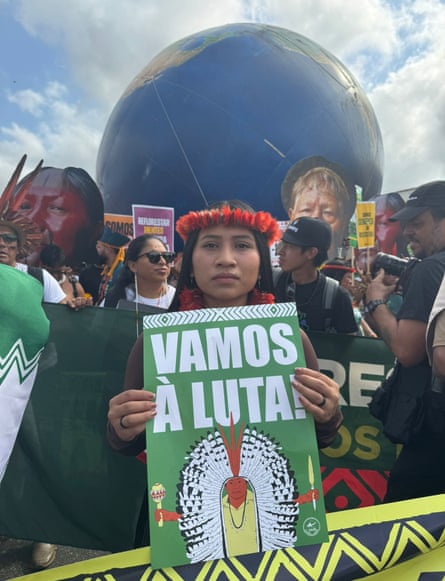
Early in the day, below a huge inflatable globe, a large group of indigenous protesters, many with face paint and feathered headdresses, were chanting as they waited for the march to begin.
Raquel Wapichana travelled nine hours from Roraima to attend. She carried a sign saying: “Let’s struggle.” She said: “I am here for my people, my land, our rivers and our ancestors. We are constantly threatened by mining, by agribusiness and by land invasions. We must fight for our survival.”
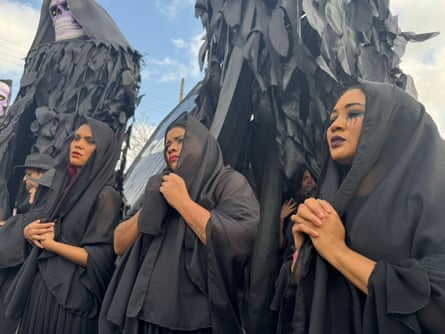
The most gothic section of the march was a “funeral for fossil fuels”. A dozen “mourners” dressed in black rallied below two large ghoul puppets and three enormous coffins bearing the words “coal”, “oil” and “gas”. One woman, who gave the name Krishna and said she was an actor from Belém, looked like a figure from a Victorian horror story in a black lace veil and umbrella. “Our lives depend on getting rid of fossil fuels. Our children and our future depend on our struggle. Through my art, I am here to fight.”
One of the many anti-capitalist areas of the march was surrounded a large banner declaring: “The environmental collapse is capitalist: Lula, the energy transition with Amazon oil is a farce.” Nearby, a sound truck blared out the Italian socialist anthem Bella Ciao. Among those marching here was Maria Melia of the Quilombola Movement of Maranhão. She said she was fighting for the Amazon and against a “hydrovia” water transport project that was cutting through the territory of her community.

Some marchers held large images of capybaras. Fabricio (pictured above on right) told the Guardian: “We came to the march to say animals need to be protected, too. The negotiators have got to think about how biodiversity must be protected.”
There was support for Palestine visible everywhere also, including flags and chants. Classic Brazilian songs were blasting out of speakers, in particular the popular track Anunçiação by Alçeu Valença.
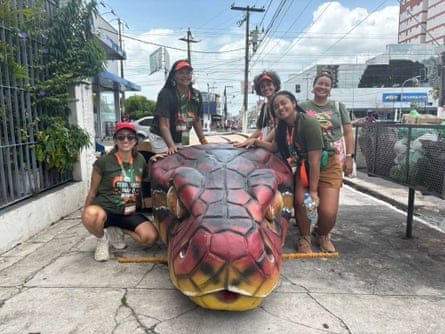
Towards the back of the march, 80 protesters held up a 30-metre-long cobra. The Guardian caught up with them as they were taking the sculpture apart. Cobra is a double entendre, they explained: The snake is a sacred animal for Indigenous people in the Brazilian Amazon, and the word cobra also translates to “pay up!”
“We came here with the message that we need climate finance for the people living in the Amazon,” said activist Helena Ramos of Brazilian grassroots organising coalition Amazônia da Pé.
Inspired by a dream that an Indigenous leader had, massive sculpture was built by 16 artists from Santarém municipality in Pará state, then brought over on a boat by the Indigenous youth movement the People’s Alliance. It took 83 people to hold it up.
“It’s not too heavy,” said Ramos. “Holding it up is part of our mission.”
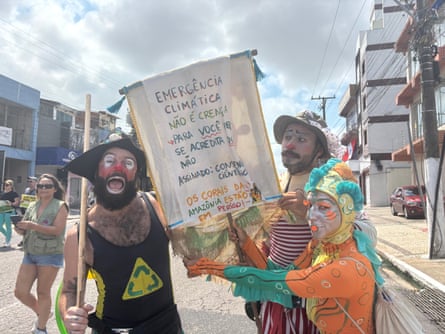
The talks still have one week to run, and it is unclear what the outcome will be. The Brazilian hosts have said that they do not plan to issue a cover decision – the agreement that is usually gavelled out at the end of the talks – but instead to focus on implementation. As yet no one is quite sure what that will look like.
Meanwhile delegates are also stuck on the “big four” issues of climate finance; trade; transparency; and how to address the inadequacy of nations’ recently submitted national climate plans – into a separate set of “presidency consultations”, that emerged as countries tried to agree an agenda last Sunday, before the start of the two weeks of talks.

 2 hours ago
7
2 hours ago
7
